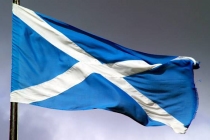Who were the Picts?
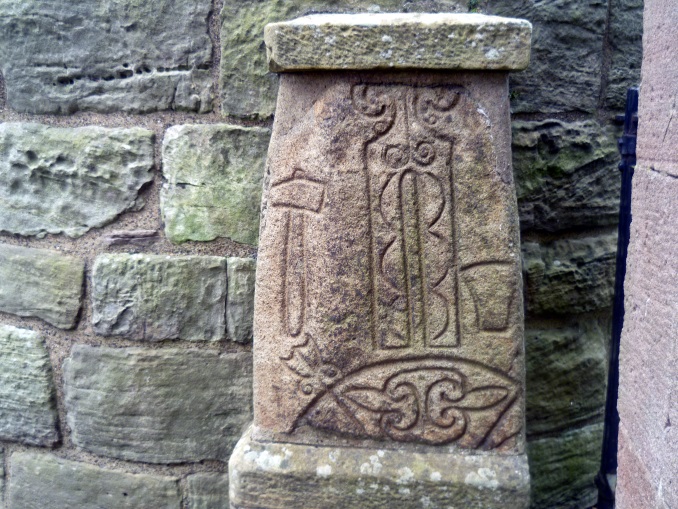
Although remains of Pictish art, language and society can be found throughout north and eastern Scotland in many ways the Picts remain a mystery. Piecing together the available information to get an accurate picture of these people has been the cause of discussion and debate for many years. Any written records used to gain information can only be found from those who had little sympathy for the Picts, such as that from Angle or Roman sources. So they have to be viewed with great scepticism. Even the name Pict seems to appear for the first time in a Roman poem from the 3rd century AD.
Although the Picts were never conquered and drawn into the Roman Empire, it could be said that they had certain positive influences on Pictish society. In that the Roman invaders in southern areas of the British Isles and the threat they posed, brought together the Picts, who were until that time fragmented tribes and often in conflict with each other. This uniting for defensive purposes formed the Pictish lands into a fledgling kingdom.
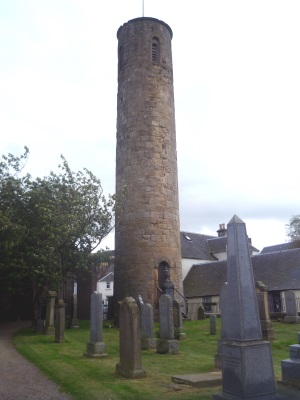
The Picts were a Celtic society of farmers and hunters and similar to other such cultures that existed in north-west Europe. It seems likely that the Celtic people who lived in this part of Europe were direct descendants of the ancient people of pre-history from the Stone Age, Bronze Age and Iron Age, rather than the result of the migration of peoples spreading further west across Europe.
There are six Celtic languages spoken in the world today that fall into two related groups. Brythonic: Cornish, Breton and Welsh and Giodelic: Irish, Manx and Scottish Gaelic. The evidence that remains shows that the Pictish language was a Brythonic Celtic language. As indicated by the number of towns in north and eastern Scotland beginning with Aber - as, for example, also found in Wales meaning a river mouth or confluence.
With the end of the Roman occupation in other parts of the British Isles there continued to be a development of Pictish society. They persevered in the process of centralisation with power increasingly coming into the hands of chiefs and kings. This concentration was further boosted by the growing influence of the Christian church. However, new threats were again emerging from the south with the invasion of the Angles and Saxons which saw the emergence of the Kingdom of Northumbria.
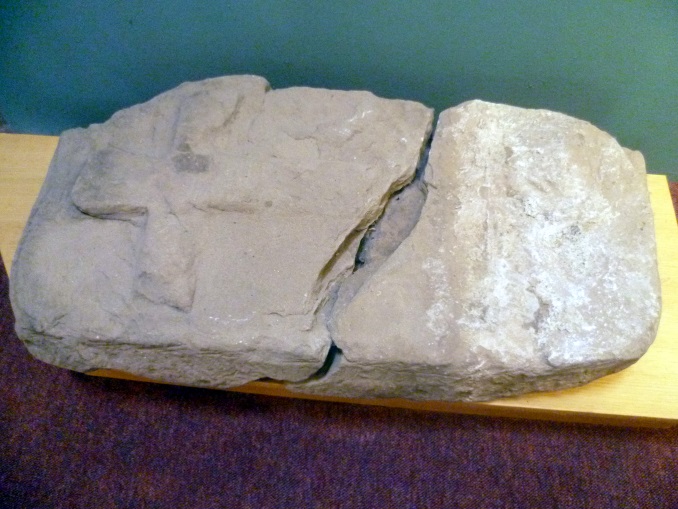
This was emphasised by the victory of the Angles at the battle of Degsastan with the defeat of King Aedan of Dalraide. This victory saw a period of Northumbrian expansion. Between 657 AD and 685 AD they occupied the southern lands of the Picts. However, this rise in the fortunes of Northumbria was curtailed by the emergence of Bridei, who was the son of King Neithon of Strathclyde.
King Bridei Mac Bili led a force of Picts which engaged in battle with the Northumbrians under King Ecgfrith on 20th May 685 AD at Nechtansmere. With a series of brilliant manoeuvres they defeated the Northumbrians killing King Ecgfrith in the process. There then followed a continued period of decline for Northumbria until their eventual merger into the rising kingdom of England.
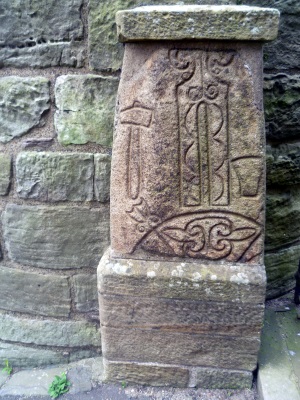
After the death of Bridei in 693 AD other kings followed until the abdication of Nechtan Mac Derile in 724 AD in order to follow a religious calling. A struggle for power ensued which eventually saw the rise of a new dynasty founded by Oengus Mac Fergus. During his rule between 731 AD and 761 AD he became the first king of both Scots and Picts. Although this unity foundered upon his death it was clear that the idea of a united kingdom had been created.
In the years that followed there were a number of intermarriages within the Pictish and Scots ruling elite, which clearly set a path towards eventual unification under one royal dynasty. As can often be the case it was threats from outside that drove the process towards unity. In this case the Norse Viking raids and settlements.
So when in 848 AD Kenneth Mac Alpin became what could be described as the first King of Scots it was a term that also embraced the Picts as well. However, it was the Gaelic language that was used in court and dominated and sadly contributed to a decline in Pictish culture and language. Although, it was in the lands of Picts that the foundation of the Scottish nation was established. The Picts never went away. They were crucial in forging Scotland and their beautiful artwork and carving can be found throughout the north and east of Scotland.
- Scottish
- English
- Log in to post comments

